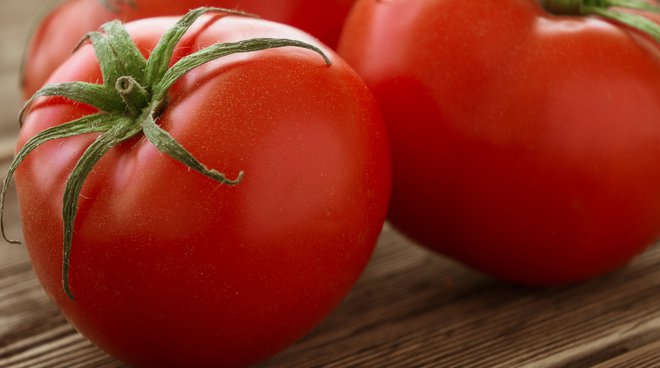Healthy and Sustainable
WHOLE WHEAT PASTA AND BREAD
It is well known that, in the Mediterranean diet, the emphasis is on wholesome, unprocessed foods. When it comes to grains, they must be must whole.

It is well known that, in the Mediterranean diet, the emphasis is on wholesome, unprocessed foods. When it comes to grains, they must be must whole. What is a whole grain? The meaning lies in the adjective: whole. It means that the grain retains all its original components, those present before refining, those elements that are so important for health. The seed of the grain is also composed of the bran, the outer shell that shields the grain, protecting it from external agents such as bacteria and preserving its nutrients: carbohydrates, proteins, minerals and vitamins. As the refining process removes the bran, not only is the fiber lost, but out goes a portion of such nutrients as: iron, zinc, selenium, vitamins B, E, A just to mention the most important ones.
Whole is better
Eating whole foods is not particularly widespread in Italy. Indeed, recent estimates indicate that, in Italy, the consumption of unrefined products is only 5%, perhaps because the benefits are not well known, or because the national palate is accustomed to milder flavors.
But remember, making whole foods 50% of your daily diet and always following the canons of balanced nutrition, enables you to keep blood sugar and cholesterol levels under control.
Recent European studies have shown that the micronutrients found in whole grains have a positive effect on blood circulation, obesity, cholesterol-related diseases, blood sugar: elements that are essential for weight control and help keep you healthy. So let’s welcome grains to our table — barley, rice, corn, common wheat and durum wheat, oats, spelt, rye and millet — in the form of bread, pasta, cookies and crackers.
The advantages of fiber
One of the most widely known benefits of whole grains is that they are rich in fiber. Dietary fiber is defined as a "non-nutrient", it does not provide calories but it does affect the body’s metabolism. Increased intake of fiber, both soluble and insoluble, promotes good bowel function and increases the sense of fullness. It boosts fat and protein metabolism and intestinal transit, ensuring that unassimilated wastes won’t remain in the intestines too long; and this lowers the risk of certain types of cancer.
At the table every day
A good rule of thumb is to associate whole grains with proper hydration or, more simply, by drinking at least a quart and a half of water a day. Whole grains may be eaten at any time of day: at breakfast, lunch, dinner and for snacks, in a balanced manner, without overdoing the condiments. Whole wheat pasta is even recommended for more elaborate dishes with abundantly seasoned meat or fish sauces because it makes them more digestible. This is also true of whole wheat bread when eaten with cheese dishes or cold cuts. Whole grains and beans are a superb one-dish meal as they provide carbohydrates and proteins similar to those of meat.
Beware of imitations
It is very important to read the labels of foods marketed as “whole grain” to see if they really are. A product is considered “whole grain” when at least 50% of the flour used really is whole grain. In this case, the label will read, for example: common wheat flour 50%, whole wheat flour 50%. Instead, when the ingredients list does not show the percentage of whole wheat flour but, instead, the term flour is followed by the word bran, we have a refined flour to which bran has been added, a manufacturing process that is cheaper than using real whole wheat flour. However, from the nutritional point of view, the result is not the same. Moreover, some studies have shown that adding bran can irritate the intestines.
The fact that whole wheat flour is used does not always mean that the product, while considered whole grain, is healthy. This depends on which other ingredients, and how many of them, are involved. For example: if a whole grain cookie contains fats like olive, sunflower, soybean, palm oil or butter, and contains sugar, fructose, honey, glucose, it must be considered a processed food with higher caloric value and, at times, the beneficial effects of whole wheat flour are lost because the fat or sugar content is too high.
The contents of this article are in accordance with the parameters set out by the European Food Safety Authority - EFSA.
NEWS
ALSO IN FOOD TRENDS
Healthy and Sustainable
Health and tomatoes: low-calorie recipes
Integrating low-calorie recipes into your diet is essential for anyone aspiring to maintain a healthy, balanced lifestyle. In this context, the tomato stands out as an ingredient known both for its nutritional value and versatility in cooking.
Healthy and Sustainable
What to add to puree? The right sauce for every taste
Tomato sauce is a classic of Italian cuisine and, starting with the basic recipe made with sautéed onion and basil, this delicious sauce can give you unforgettable moments of flavor!
Healthy and Sustainable
Recipes with grains for a cool summer
Four delicious recipes with grains, excellent also chilled, for a cool summer.


